Research projects
Filter:
Filtered:
See also Space Weather and Atmosphere team or Sun-earth connections
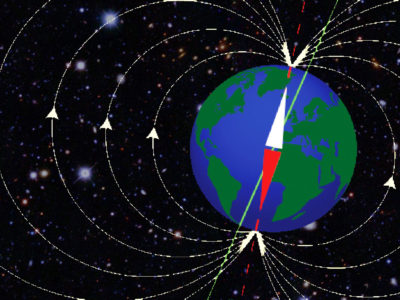
A High-Order Model of the Earth’s External and Induced Magnetic Field
For centuries people have used magnetic compasses to guide them on their way and explore new territories. This has led scientists to embark on their own journeys of discovery about …
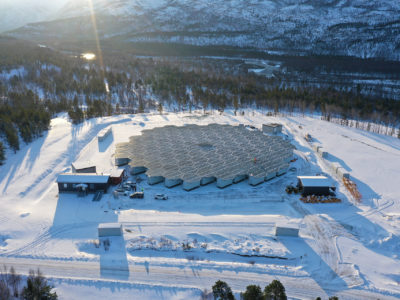
DRIIVE
DRIIVE will use the new EISCAT_3D radar to understand multi-scale coupling in the Ionopshere and how it is influenced both by space weather and the lower atmosphere. The impact of …
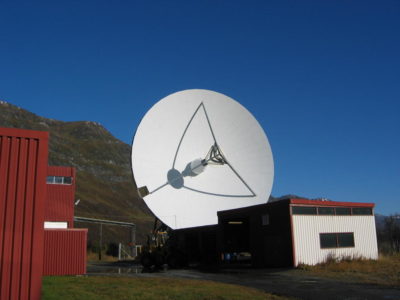
EISCAT Science Support
The UK EISCAT support group (UKESG) is a collaboration between the British Antarctic Survey and the Rutherford Appleton Laboratory, funded via the National Centre for Atmospheric Science (NCAS) EISCAT, the …

Joule Heating
Society is highly dependent on the fleet of satellites that surround our planet. We rely on them for entertainment, communication, navigation, weather forecasting, and more. Many day-to-day activities, such as …
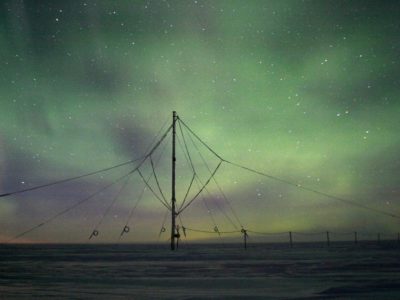
QEPPA
QEPPA is a joint project between the British Antarctic Survey and the Space physics group at Lancaster University. The objective of QEPPA is to work out the amount of charged …
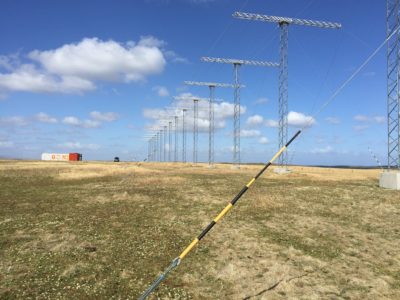
SuperDARN
The Super Dual Auroral Radar Network (SuperDARN) has been operating as an international co-operative organisation for over 25 years, and has proved to be one of the most successful tools …
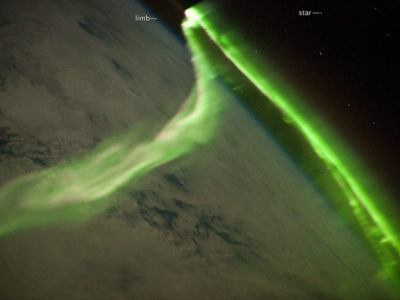
SWIGS
Certain ground based technologies, such as electrical power grids, pipelines and railways are susceptible to the effects of Space Weather. Changes in the way the magnetic fields of the …

The Global Electric Circuit
Weather and climate prediction are inevitably limited by incomplete knowledge of the Earth system and its external influences. One under-explored and consequently controversial area of research is the meteorological influence …
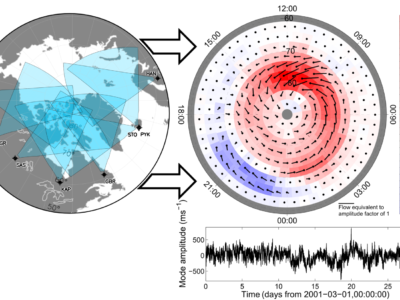
THeMES
The thermosphere is the uppermost layer of our atmosphere at the edge of space (85 to 1000 km altitude). Within this region orbit thousands of satellites worth billions of pounds …
